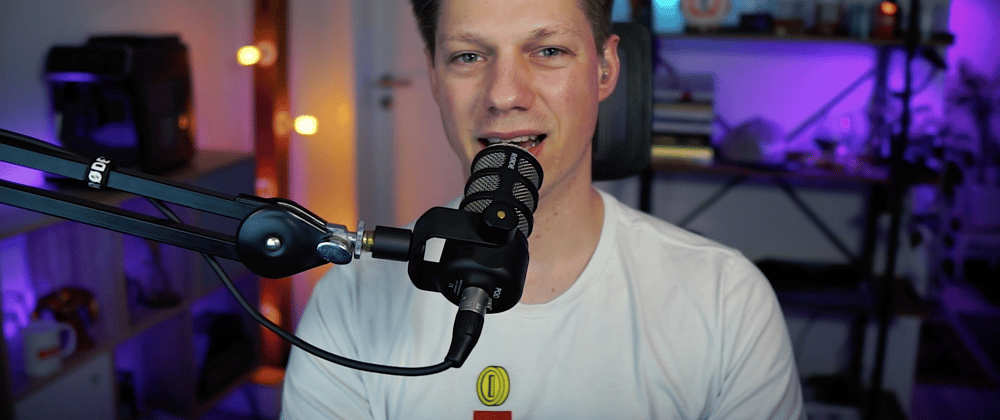One thing I learned from doing all the interviews for the WP Agency Summit is how important it is to look and sound professional on video and audio.
You could be doing a call with your client via Zoom, are getting interviewed on a podcast, or record a video for your YouTube channel. All of these situations demand solid audio and video quality for you to be perceived as an expert.
I've been on interviews with C-Level executives of multi-million dollar companies who joined from a MacBook without any lighting, bad audio, and cameras being positioned way too low so you could see into their nose.
That setup certainly did not help to convey the authority and expertise they had.
I don't blame anybody, getting a home office ready for video and audio production can be hard (and expensive).
That's why I wanted to share a few tips I learned over the years to help you improve your setup. And no worries, we're not going to break the bank.
Audio is the most important aspect. I cannot emphasize this enough.
Without proper audio quality, even the best camera setup will not let you come across as the expert that you are.
Firstly, I would recommend that you get yourself a pair of headphones before joining your next call or video. Wired or not doesn't matter at all. A simple pair of in-ear headphones will do, don't break your bank with this.
By using headphones, you are eliminating echo from the recording. Without headphones, your counterpart will hear themselves through your speakers and will have a hard time doing a proper recording with you.
Secondly, grab yourself a lavalier microphone or a USB microphone. You can get the good Rode Lavalier mic for around $50. The difference in audio quality compared to your internal microphone will surprise you!
An alternative can be the Blue Yeti or the Elgato Wave 3. Both more expensive than the Rode Lavalier microphone but will also produce better audio.
Without proper audio, your listeners will have a hard time understanding you. And sometimes, the "s", "t", or "p" noises can be so annoying, that listeners even tune out of conversations. I certainly did that myself. There's a low tolerance for bad audio these days because it's so easy to fix.
Thirdly, set up lighting in your home office. This can be seen as optional, though it shouldn't be underestimated. By simply placing two lights at a 45° degree angle to either side of your camera, you can drastically improve the video quality.
Notice that I don't specify which camera you are using. It doesn't really matter. You can make a simple Logitech C920 look great with proper lighting - or you can invest thousands into a DSLR.
As a bonus tip, avoid light in your back. Avoid sitting in front of windows or at least close your blinds. I have all window blinds closed when I do recordings and just rely on my lighting kit.
That is because natural lighting is inconsistent. Any cloud can change the lighting in your recording or live stream, which makes you look really unprofessional.
However, bad audio quality will always have a more negative impact than bad lighting.
These three tips will help you improve the perceived quality of your next video call or recording drastically.
If you need more specific advice on gear or how to set up your home recording studio (can be your regular desk), shoot me an email!
All the best,
Jan






Oldest comments (0)